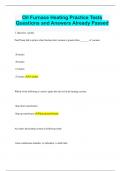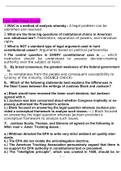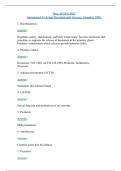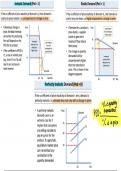Summary
Summary AQA Economics A Level - The National and International Economy Notes
Complete set of detailed notes for AQA Economics A Level - The National and International Economy by a student that achieved a high A at AS and a high A* at A level.
[Show more]















